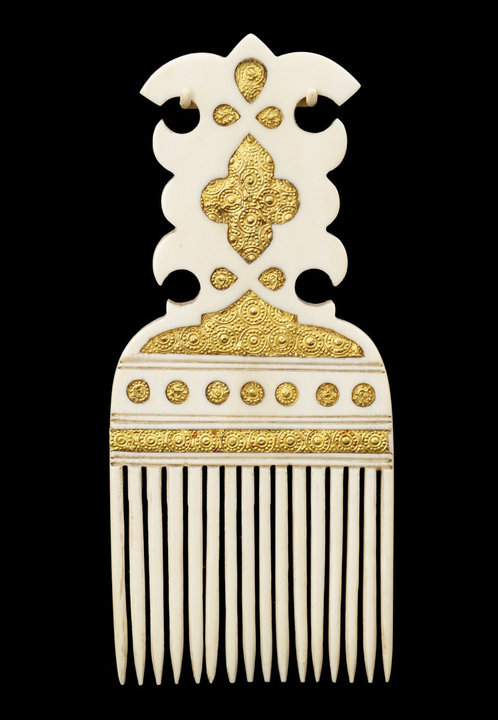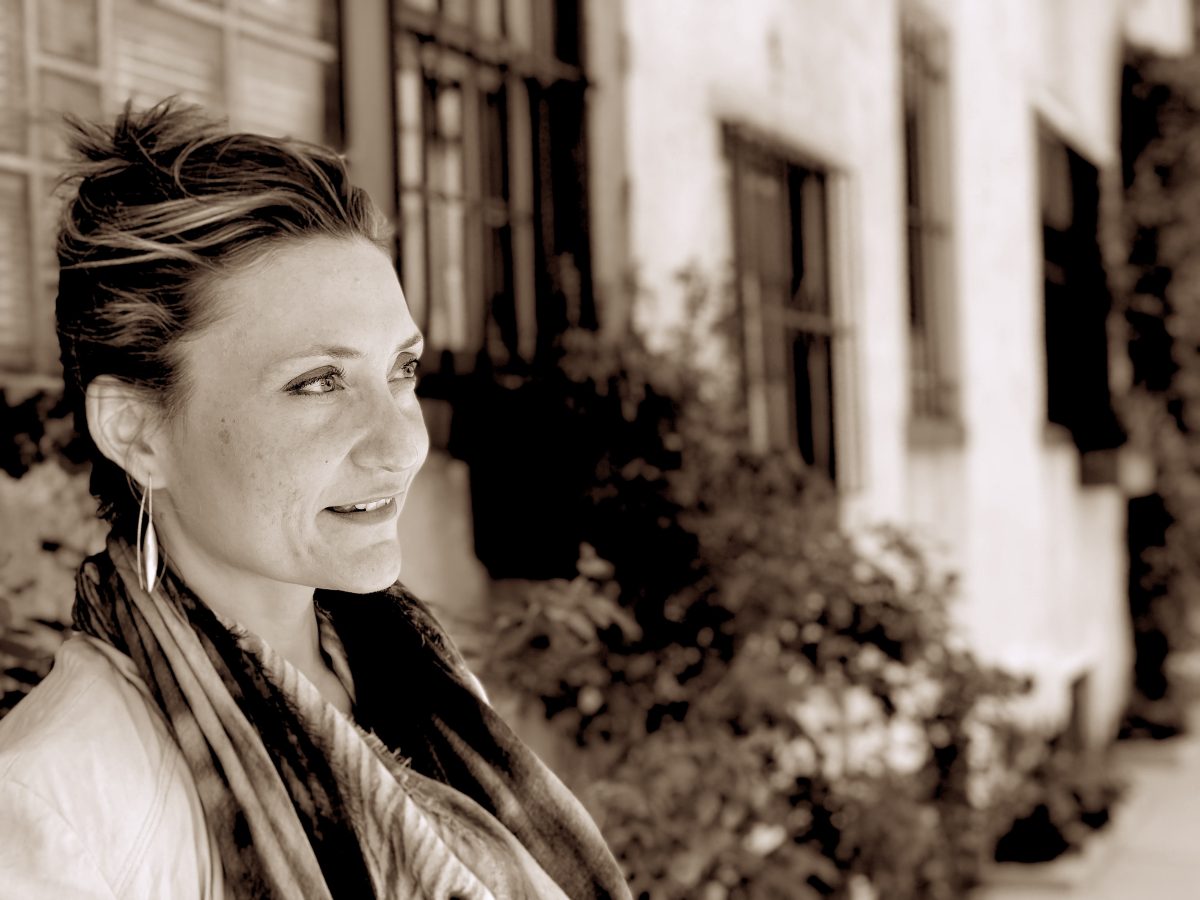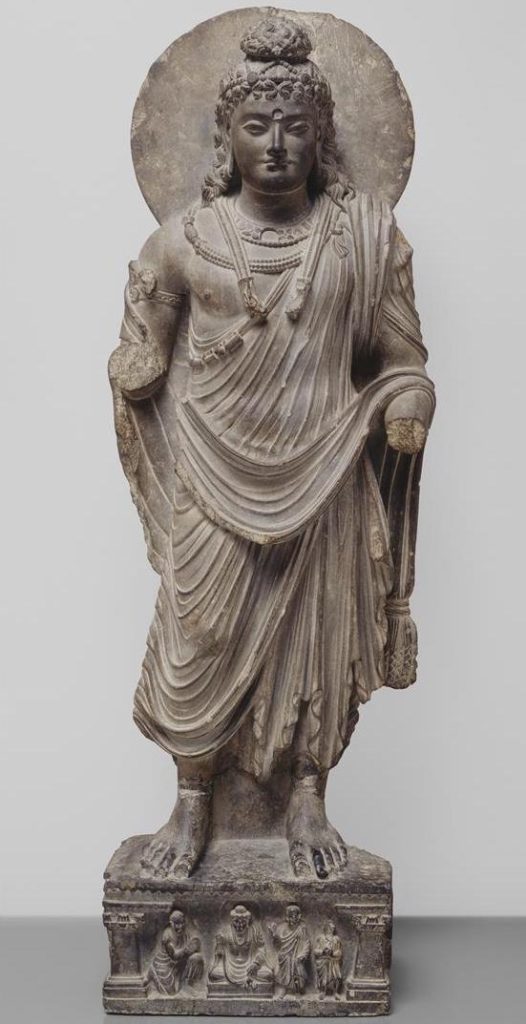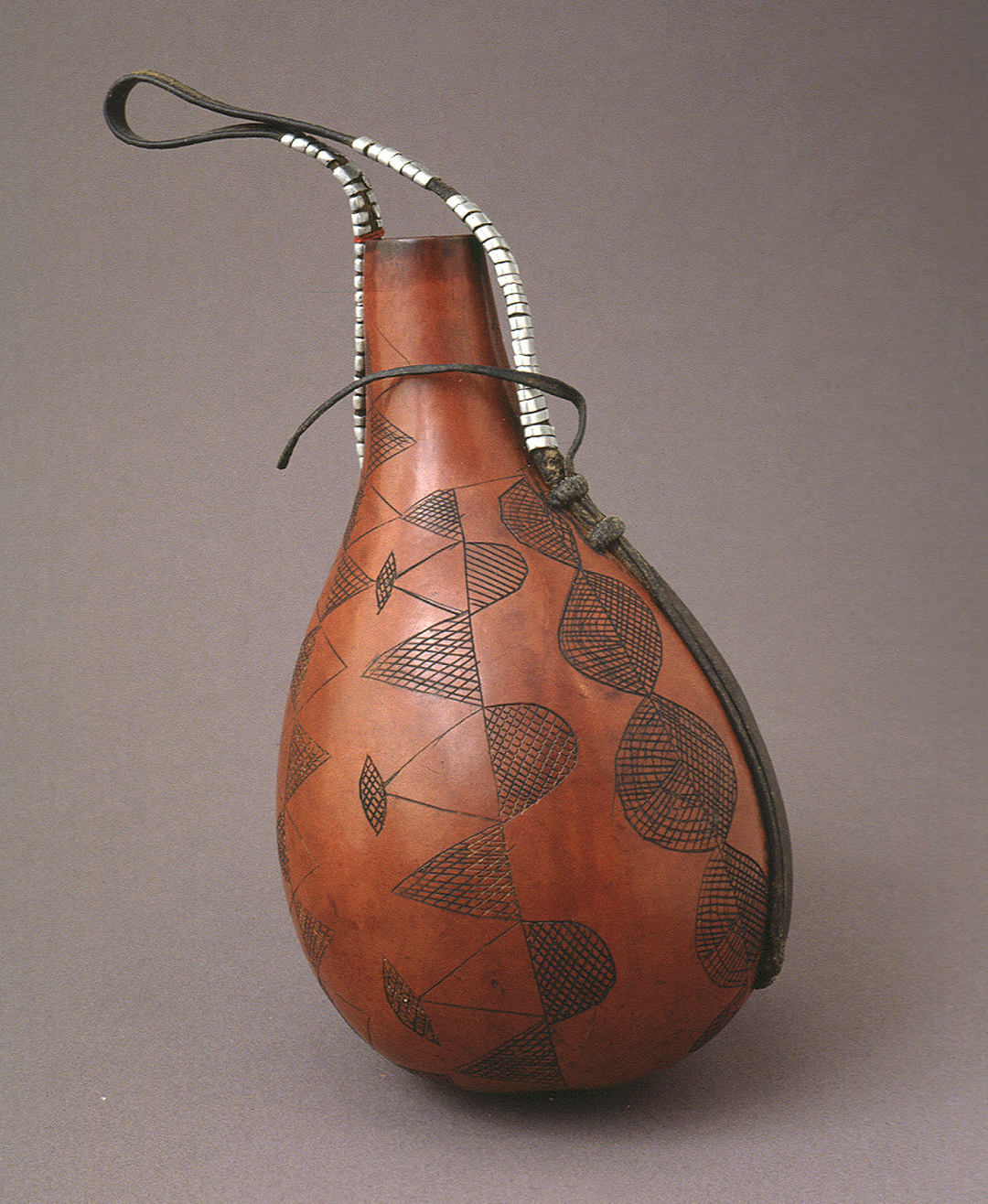Dr. Prita Meier on the Vibrant Arts of the Swahili Coast
SAM’s Gardner Center for Asian Art and Ideas presents the 2023–24 season of the Saturday University Lecture Series, exploring various topics on Asian art and culture across time. On Saturday, May 11, Dr. Prita Meier, Associated Professor of Africanist Art History in the Department of Art History and Institute of Fine Arts at New York University, will discuss the vibrant contemporary art and architectural scenes of the Swahili Coast. In advance of her talk, SAM spoke with Meier about what visitors can expect to learn about in her upcoming talk, the boundaries of culture and geography, and her extended travels to Mombasa, Lamu, and Zanzibar.
SAM: What can the public expect to learn about in your upcoming Saturday University lecture? What initially drew you to this topic?
PRITA MEIER: I will introduce audiences to the vibrant arts and architectures of the Swahili Coast of present-day Kenya and Tanzania. This maritime region of eastern Africa is where Africa and the Indian Ocean intersect. This vibrant arena of convergence has been a center of globalism and intercultural negotiating for more than a millennium. The Swahili Coast has an especially long history or engagement and exchange with Asia. My lecture will focus on a range of artifacts, ornaments, architectural forms—and even photographs—from the early modern period to the present. I will invite audiences to rethink how they draw boundaries between cultures and geographies. Oceanic places like Swahili port cities are transcontinental and multicultural in ways that challenge our ways of seeing the world. The main question animating my lecture will be: Where does Africa end and Asia begin from the vantage point of archipelagos, islands, and itinerant objects moving across the sea?

SAM: Academic research often involves travel. Is there a travel experience related to your lecture experience that you could share with us?
PM: I am trained as an Africanist, which means my primary research method is fieldwork and ethnography. That is, I talk to people about their culture in order to learn from them. I have been traveling and working in the port cities of Mombasa, Lamu, and Zanzibar for over twenty years. I have become deeply connected to families in Old Town Mombasa, who have been nurturing me and sustaining me for a long time. While my research on the arts of the Swahili Coast is focused on object and material culture, I am first and foremost dedicated to centering the amazing Kenyan individuals who have mentored me and guided me over the years. In fact, I have just spent the month of April in Mombasa and Nairobi, working on a new research project with local collaborators.
SAM: The Seattle Art Museum is home to nearly 25,000 works of art. What’s one artwork from the museum’s collection that resonates with you? Why?
PM: I am fascinated this Pakistani Bodhisattva from the mid-2nd to 3rd century. I love artworks and cultural forms that challenge our ideas about where an object or style belongs. This is a sacred Buddhist manifestation, but its style and figuration is connected to the Hellenistic world. It belongs to two artistic traditions, but also exceeds those traditions. It is a fascinating artwork of the crossroads.
SAM: What’s one book you’d recommend to those interested in learning more about your lecture topic?
PM: Here are a few recommendations:
- Swahili Port Cities: The Architecture of Elsewhere by Prita Meier (Indiana University Press, 2016).
- World on the Horizon: Swahili Arts Across the Indian Ocean edited by Prita Meier and Allyson Purpura (Krannert Art Museum, 2018).
- The Indian Ocean: Oceanic Connections and the Creation of New Societies edited by Abdul Sheriff and Enseng Ho (Hurst Publishers, 2014).
- East Africa and the Indian Ocean by Edward A. Alpers (Markus Wiener Publishers, 2009).
– Simon Tran, SAM Manager of Public Engagement at the Seattle Asian Art Museum
Photos: Headshot by Josh Kwassman. Hair Comb, about 1800, from Swahili coast of eastern Africa, courtesy of Minneapolis Museum of Art. Image of Bodhisattva by Paul Macapia.


